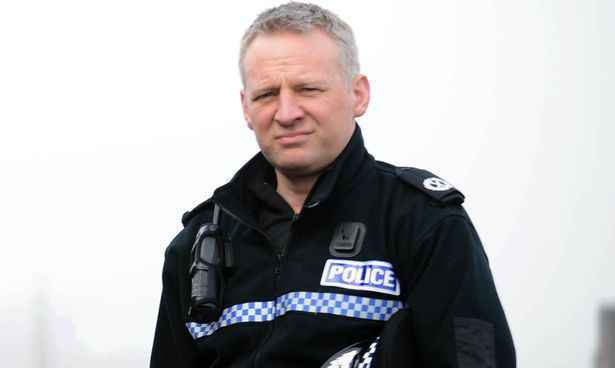
An elite police unit to tackle Rotherham-style grooming gangs is to be formed in Scotland.
The squad will receive coaching from US experts on snaring online groomers.
Police chiefs have unveiled plans for a national child abuse investigation unit as they prepare to be grilled by MSPs about unused anti-paedophile laws.
Earlier this year The Sunday Post revealed flagship child sex laws designed to stop perverts grooming children over the internet are barely being used by the police.
Holyrood’s justice committee will this week consider demands from campaigners for a full inquiry into why, on average, just five orders to restrict the movements or internet access of suspected sex offenders are issued every year.
Ahead of the meeting, police chiefs have released details of plans to create a Scotland-wide child sex crime unit to tackle Rotherham-style complex enquires.
Cybercrime experts from the United States are also being drafted in to train Scots officers in the latest techniques to hunt down online predators.
But Martin Crewe, Director of Barnardo’s Scotland, said the child abuse scandal in Rotherham, where the low number of prosecutions was not in line with the number of youngsters abused, showed why grooming laws need reviewed.
He said: “The Sunday Post has previously highlighted the lack of use of Scotland’s laws which should tackle child sexual exploitation.
“Ultimately, we are worried that child victims of this vile abuse may not always get the protection they need.
“We hope that the Justice Committee will take necessary steps to get to the bottom of why legislation which was brought in to tackle child sexual exploitation in 2005 has been so little used. “Thanks to the Sunday Post investigation, we are aware of only two convictions for the offence of ‘payment of sexual services of a child’.
“However, our services work with children across Scotland who are being exploited and abused. “Low numbers of prosecutions does not mean that child sexual exploitation is not happening.
“We don’t know why the legislation is not being used.”
Flagship legislation introduced in 2005 gave police and prosecutors the power to curb the activities of those suspected of being a danger to children even if they had not broken the law.
But, on average, just five orders to restrict the movements or internet access of suspected sex offenders are being issued by police every year.
This is despite more than 3,000 known paedophiles living across Scotland.
The Sunday Post’s investigation in June also shows less than half of the 237 grooming charges issued over the last decade have made it to a court verdict.
Writing to MSPs ahead of his appearance at committee, Malcolm Graham, Assistant Chief Constable Major Crime and Public Protection, said “sustained efforts to raise awareness of the legislation are required” and added that every officer in Scotland had recently been given a refresher in the laws.
The top cop also revealed experts from the United States will visit Scotland to train cyber-sex crime detectives here with latest techniques.
A national Child Abuse Investigation Unit is also being set up to lead and co-ordinate complex enquiries which often stretch over several of the former police force areas.
On ways to improve the 2005 legislation, ACC Graham said the requirement for two courses of conduct should be dropped to one, and the age limit for victims should be increased from 16 to 18, and extended to adults deemed “at risk of physical or psychological harm.”.
ACC Graham added: “As the lead for public protection I am determined to pursue and bring to justice whenever possible those who seek to exploit and abuse children.
Police Scotland recognises that the effective use of preventative legislation can reduce the risk to vulnerable children who may be subjected to CSE or wider forms of child abuse. However I am firmly of the view that legislation on its own is not enough. It must be accompanied by a firm commitment and willingness by all relevant agencies to work together with the necessary urgency to identify and tackle those responsible for the sexual exploitation of our children.”

Enjoy the convenience of having The Sunday Post delivered as a digital ePaper straight to your smartphone, tablet or computer.
Subscribe for only £5.49 a month and enjoy all the benefits of the printed paper as a digital replica.
Subscribe